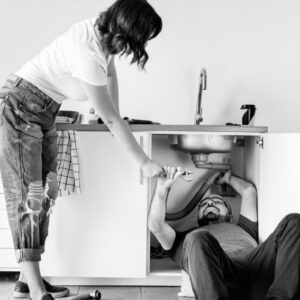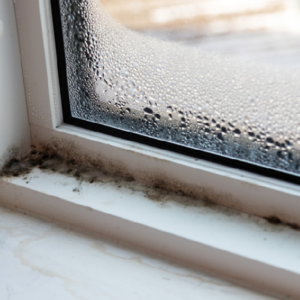Looking for a house is a tiring process. But then comes another part, that is, home inspection. Both parts are equally difficult, you need to be careful that no one cheats with you.
Hello Inspections have brought to you some tactful suggestions to help you during the purchase of your home.
We understand that you would definitely be hiring the services of a home inspector.
It is good to rely on an expert. But, you must accompany the home inspectors with you in the house that you are willing to purchase. Do a self-inspection yourself as well.
Please, have a look at the following suggestions for you.
1.Windows and doors
Look at all the windows and doors around the home. Make sure there aren’t any gaps when they are closed or shut. Keep an eye out for broken or cracked glass on the windows.
If it is an older home, then confirm the windows and doors do not contain lead paint. For peace of mind, contact a lead paint testing company to verify.
2. Are the roof and ceiling fine?
Make sure you ask the owners when the roof was replaced. Try to check the shingles, chimney, and keep an eye on the water intrusion.
Examine if the ceiling has leaking water spots or old water stains. If you spot patches on the ceiling, further inspection may be required.
3. Don’t forget the attic
The attic could harbor a lot of unforeseen issues in a home. Check the attic for air leaks which can indicate insulation and moisture issues.
An attic can also be a pest’s haven so be on the lookout for traps and evidence of their presence.
4. Is the electrical system working properly?
Do you know what is K&T?
K&T, or knob and tube wiring are typically found in homes constructed between the 1880s through the 1930s.
The wires are not electrically earthed, which may result in electric shock. Ask your inspector to investigate it as well as any other electrical equipment. If found, make sure it is changed out as soon as possible.
Don’t forget to test the GFCIs (ground-fault circuit interrupter). This circuit breaker is designed to shut the electric power when there is a fault in a matter of nanoseconds.
5. Mind the plumbing
Low water pressure could indicate that the drainage system may be slow and that the bathtubs/showers may be leaking, which results in water waste.
Sometimes problems of water shortage are caused by water leaks in residential neighborhoods as well as faulty taps or pipes.
6. Septic system
If there is a septic system, confirm that it is free of tree roots and damage. Ask the current homeowners to get it repaired if it is not working appropriately.
7. Look for bugs
Do you know the most common insects often found in homes? These include:
– American cockroach
– Ant
– Beetle
– Brown marmorated stink bug
– Carpenter Ant
– Cricket
– European earwig
– Fly
– Ground Beetle
– House cricket
– Housefly
– Ladybird beetle
– Mealybug
– Pavement Ant
– Termite
– Western conifer seed bug
The biggest problem is that some of them enter the holes in the basement, walls, or roof. They also hide beneath or inside furniture. Inspectors must report an infestation as soon as possible.
The homeowners will have no other choice but to call exterminators or pest controllers. He or she will treat the home to prevent the bugs from creating even more trouble.
8. HVAC
Can you live without an air-conditioner in the height of summer? Is it possible for you to live without a heater when experiencing frigid temperatures?
Obviously no. So, you better be careful with the HVAC. It is one of the first things home inspectors check.
For furnace issues, be it electric or gas, get it repaired by the homeowners.
If there is a problem with the condenser of an air conditioner, talk to the homeowners to deduct the cost from the total price of the house.
9. Check the basement foundation
Gordon B. Hinckley once quoted not to build a great building on a weak foundation. You and your home inspector should survey the basement. Try to see if there are any foundation, crack, or water issues. The home inspector will be able to tell you whether you need a plumber or a structural engineer.
10. Is there asbestos?
If you are looking to purchase a house that was constructed before the 1980s, you better watch out.
Ask your home inspector to check for asbestos. It was used as a construction material for insulation purposes during that period.
After some time, it was found to be a threat to respiratory health. Asbestos is often found in heating pipes and roof coverings.
Be cautious when attempting to renovate your home. If asbestos is found, continue to use proper respiratory equipment throughout the renovation process, even if professionals have removed the material.
Hopefully this list makes the home-buying process a little easier and empowers you to make the right decision when purchasing a new home.




